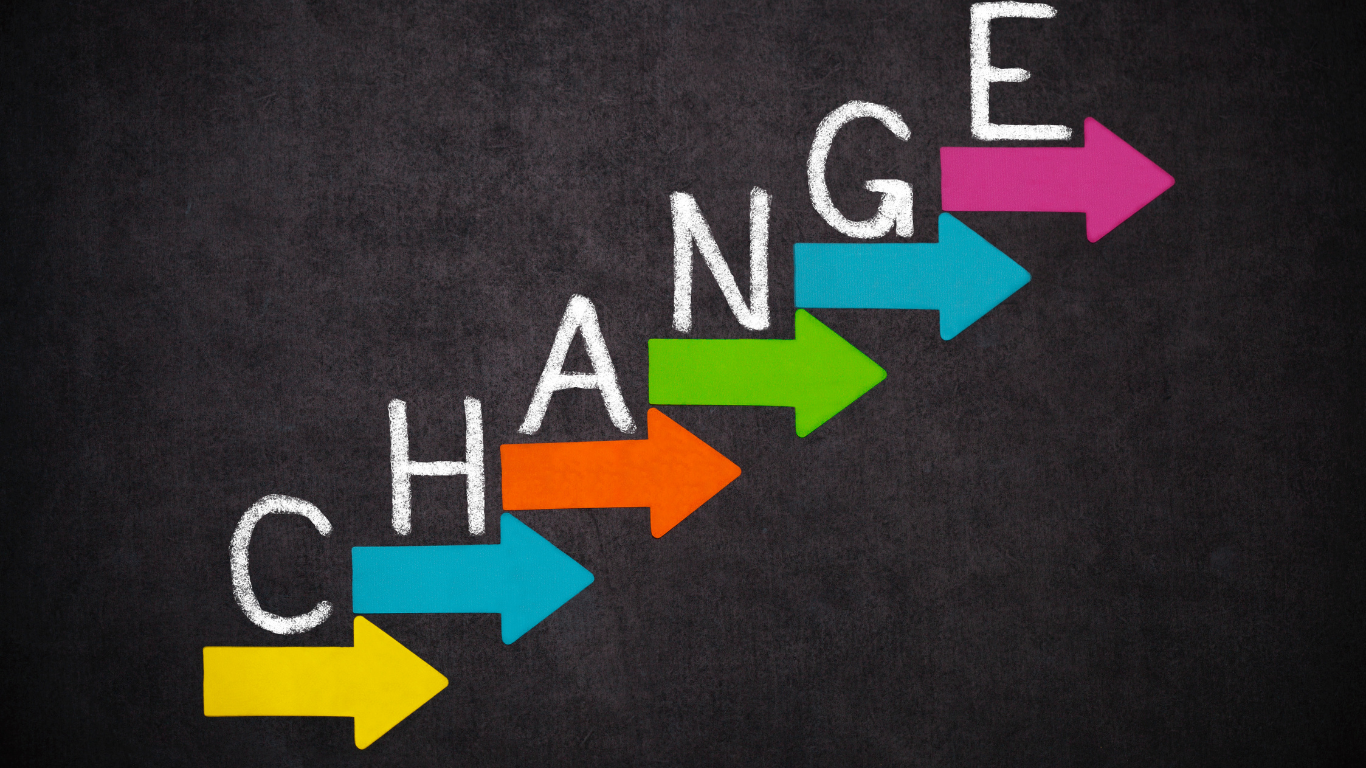
Change is constant. Organizations must change to adapt to global and industrial conditions to keep up with the demands of their customers and remain in step or a step ahead of the competition. Those in charge of these changes make decisive decisions, where the aim is often to influence consumers and improve the bottom line. What’s missing sometimes is how these changes affect those in the middle.
When the CEO declares there will be cuts across the board, each department head is tasked with how that will look in their department. Do they search for efficiencies, scrap projects, or lay off employees? Meanwhile, the employees are thrown into a whirlwind of change, which includes various emotions. Some employees are excited about change, some resist, and others are left by the wayside – either without a job in the organization or floundering to understand where they fit in.
How change affects the organization as a whole is familiar, as many studies and strategies have been explored in Change Management. What we will explore here is how change affects the human dynamic, including navigating emotions, perceptions, and personal experiences.
We evolve with each passing day as a response to our environment, our interactions with others, or by gaining an understanding of ourselves. The response to organizational change is an opportunity to turn inward and determine how it aligns with your purpose.
Learn to Paint a PICTURE.
